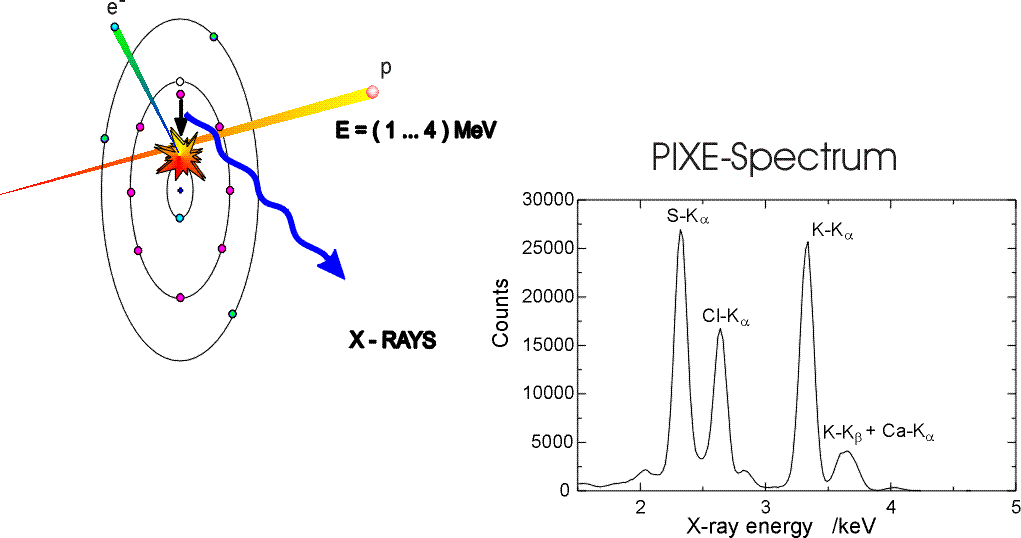Advanced Physics Laboratories
| |
| Home |
| Facilities |
| Experiments |
| Tools & Resources |
| Schedule |
| Staff |
X-Ray Spectroscopy
ABOUT THE EXPERIMENT |
The discovery of x-rays by Roentgen in 1895 in many ways marks the dawn of modern physics. The short wavelength end of the electromagnetic spectrum represented by x-rays and g-rays is of great practical importance as a probe of the internal structure of matter, as a diagnostic tool in medicine, and as a window into cosmic processes such as supernovae and black hole accretion.
In this experiment you will use a precision solid state detector to study x-ray energy spectra of x-ray from a number of sources. Nuclear x-ray sources are used to calibrate the device to high precision. Then, bombardment from an alpha source is used to stimulate atomic x-ray transitions in a number of materials. The x-ray energies reveal the atomic level spacings with great clarity, and can be used to show the existence the atomic number. The characteristic x-ray lines of the elements are then used to determine the composition of unknown samples.
|
WHAT YOU WILL LEARN |
|
PREPARATION |
|
OTHER DOCUMENTATION |
|
